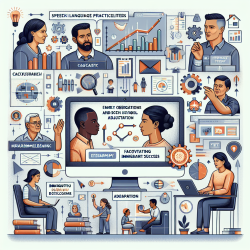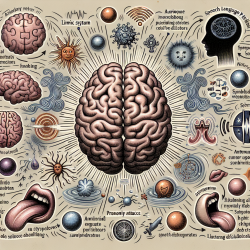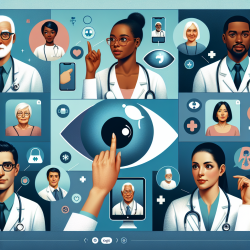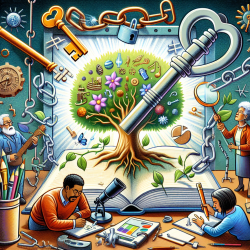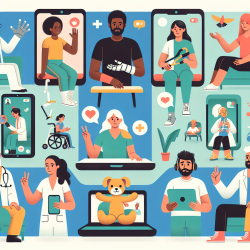Understanding the Individualized Education Program (IEP) in Mississippi
The Individualized Education Program (IEP) is a cornerstone in the provision of Free Appropriate Public Education (FAPE) for students with disabilities. Governed by the Individuals with Disabilities Education Act (IDEA) and State Board Policy Chapter 74, Rule 74.19, the IEP serves as a detailed, legally binding document that outlines the special education and related services a student with disabilities will receive.
Key Components of an IEP
The IEP is collaboratively developed by an IEP Committee, which includes the student's parents, educators, and, when appropriate, the student. The program is designed to meet the unique needs of the student and must:
- Set measurable annual goals that are aligned with grade-level academic content standards.
- Include a statement of the student’s present levels of academic achievement and functional performance (PLAAFP).
- Detail the special education and related services to be provided.
- Ensure the student’s participation in the general education curriculum to the maximum extent possible.
- Provide for transition services to support postsecondary success.
Steps to Creating a Standards-Based IEP
The Mississippi Department of Education recommends a seven-step process to develop a Standards-Based IEP:
- Consider grade-level content standards.
- Examine classroom and student data to understand the student’s current performance level.
- Develop the PLAAFP using gathered information.
- Set measurable annual goals with short-term instructional objectives and benchmarks.
- Assess and report student progress regularly.
- Identify specially designed instruction and accommodations needed.
- Determine the most appropriate participation in statewide assessments.
Importance of PLAAFP
The PLAAFP section of the IEP is crucial as it provides a comprehensive view of the student’s current academic and functional performance. It highlights how the student’s disability affects their involvement in the general education curriculum and forms the basis for setting measurable goals and determining necessary services.
Developing Measurable Goals
Measurable goals are essential for tracking the student’s progress. These goals should be specific, objective, and achievable within one year. They are developed based on the PLAAFP and aligned with the general education curriculum standards.
Transition Services
For students aged 14 and older, the IEP must include a transition plan that outlines the steps and services needed to prepare the student for postsecondary education, employment, and independent living. This includes setting postsecondary goals and identifying the courses of study and experiences that will support these goals.
Conclusion
Developing a comprehensive IEP requires careful consideration of the student’s unique needs and strengths. By following the structured process recommended by the Mississippi Department of Education, educators can create effective IEPs that support students with disabilities in achieving their educational and life goals.
For more information, please follow this link.


